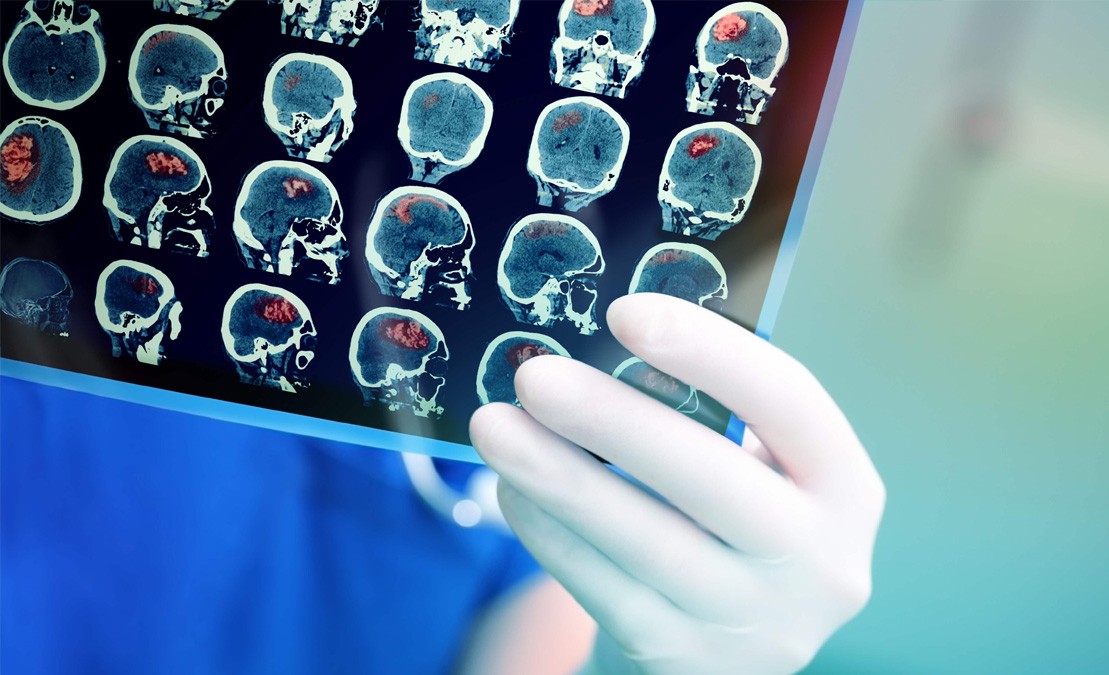Radiology is one of the most exciting and rapidly advancing medical specialties that capitalize on medical imaging to diagnose and treat diseases within the body. Radiologists use a variety of imaging techniques, including X-ray, ultrasound, positron emission tomography (PET), computed tomography, and magnetic resonance imaging (MRI) to diagnose and treat a host of diseases. The advanced equipment allows radiologists to create detailed images of specific organs to root out the problem and reach a diagnosis.
There are two types of radiology; diagnostic and interventional. Diagnostic radiology focuses on disease screening while interventional radiology usually involves the use of precise imaging devices to perform minimally invasive procedures such as biopsies.
If you are a premedical student of a Caribbean medical school, thinking about pursuing a career in radiology, attending a medical school that offers a strong radiology curriculum and an in-depth radiology training can help you pursue an exciting career in radiology. Medical schools that offer comprehensive radiology curriculum are an excellent choice for students who are interested in choosing a specialty in radiology and enable them to become competitive candidates for a radiology residency program.
Here are some easy tips and tricks that can help you find a viable Caribbean medical school that offers a comprehensive radiology curriculum and rigorous radiology training.
Offer Comprehensive Anatomy Courses
Interpretation of medical images requires detailed training in anatomical sciences and a strong foundational knowledge of gross anatomy. Both interventional and diagnostic radiology requires an in-depth knowledge of gross anatomy along with imaging anatomy. Completing a gross anatomy course helps students develop a deeper understanding of how internal organs appear on X-rays, CT scans, MRI and other medical images. In addition, gross anatomy helps students discover how organs look like when they are exposed in a surgical environment. Reading a medical image is akin to a treasure hunt. When you have a solid background in anatomy, and know how to root out abnormalities in organs, you are better able to diagnose based on medical images.
Offer Radiology Rotations
Radiology clerkships during medical school offer a great opportunity for third and fourth-year students to learn how to interpret medical images. Students are required to complete two to four weeks in the reading room where they shadow radiologists and read and scroll through images. During radiology clerkships, students can strengthen their understanding of radiology, get acquainted with radiology workflow patterns, and interact with physicians, residents, and technicians.
Residency Program
Pursuing a residency in radiology helps graduates become highly qualified radiologists. The purpose of offering a residency program in radiology is to allow aspiring doctors to gain an in-depth knowledge of all imaging modalities, including plain radiography, ultrasound, mammography, angiography, image-guided intervention, CT, MR PET, and fluoroscopy.
Actively Engage in Radiology Research
Technological advances in digital imaging modalities have made it easier to diagnose and treat a number of disorders. Research in radiology is an integral part of clinical research that requires functional and molecular imaging. In addition, the breadth of research topics related to radiology is continuously expanding and includes development in technology and its application such as molecular biology, epidemiology, and other related fields. Since the field of radiology is rapidly growing, it is important for medical students to learn all the cutting-edge imaging techniques. It is strongly advised to find a medical school that is actively conducting research in clinical and pre-clinical imaging research.
Offer Multiple Courses
Radiologists should have the pertinent skills and an infallible understanding of different body parts. Premedical students aiming to pursue a career in radiology are suggested to attend a medical school that offers multiple science courses important to strengthening their academic knowledge. A Caribbean medical school that offers a comprehensive and detailed radiology curriculum can integrate nearly all body organs such as urinary system, reproductive system, digestive system and more. An in-depth medical school radiology curriculum can help students better understand how medical images can help radiologists, surgeons and physicians deliver excellent patient care and take effective treatment decisions.







